From the production and packaging stages at the factory to the hands of consumers, national and international food safety standards must be followed. Illustration: YEN LAN |
In low- and middle-income countries, the cost of treating diseases caused by unsafe food is up to $110 billion. These figures show that unsafe food not only harms human health and life but also causes significant economic losses.
Food is unsafe when it contains agents that are harmful to the health of the user. These agents include: pesticide residues, chemicals, toxic dyes, preservatives, metals, banned antibiotics or antibiotics that exceed the permitted limit, spoiled food, natural toxins in food or biological agents that cause disease such as bacteria, viruses, parasites, molds, etc.
In Vietnam, the situation of unsafe food has recently become very complicated; there have been many cases of food poisoning with hundreds of people infected, many of whom are in critical condition if not treated promptly. Food poisoning cases occurring frequently in collective kitchens, school kitchens, factories, enterprises... have been and are alarming everyone to have measures to ensure food safety.
In Phu Yen , recently, Dong Hoa Town Medical Center received 7 patients suspected of food poisoning with symptoms: severe abdominal pain, vomiting, diarrhea... The Department of Health is coordinating with relevant agencies to investigate, trace the origin of the suspected food, and verify the cause of this suspected food poisoning.
The World Health Organization recommends that people need to apply science to have safe food. First of all, producers must have scientific knowledge about animal husbandry, cultivation, and food processing, not for personal gain, chasing after profit to create unsafe products.
The discovered cases of food poisoning are only the tip of the iceberg. Unsafe food also silently affects human health, until cancer, liver failure, kidney failure... are discovered. Meat contaminated with banned substances due to farmers using growth stimulants; vegetables and fruits soaked in preservatives or excessive injection of growth hormones and pesticides during the growing process; beans soaked in banned substances, fish soaked in urea; vermicelli and pho with bleach and toughening agents, food contaminated with bacteria and toxins during circulation... are factors that pose a risk of toxicity to health.
Although the authorities have implemented many measures, unsafe food still occurs, causing negative impacts on consumers' health. Many food shipments exported to other countries have been returned due to not ensuring food hygiene and safety according to the standards of the importing countries.
Using unsafe food is the cause of 200 different diseases such as diarrhea, infectious diseases caused by viruses, bacteria, parasites, cancer. Therefore, consumers' access to safe food is an urgent requirement.
According to scientists, to have safe food is a chain from farm to table. That means from the breeding, production, supply, processing, and preservation stages, all must be safe.
In order to raise awareness of the importance of safe food consumption, WHO has chosen June 7 every year as World Food Safety Day. The theme of World Food Safety Day in 2025 is “Food safety: science in action”.
This message from the World Health Organization recommends that everyone needs to apply science to have safe food. First of all, producers and processors must have scientific knowledge about animal husbandry, cultivation, and food processing, not for personal gain, chasing after profit to create unsafe products.
In the process of food distribution and circulation, food safety must be the top priority, from production and packaging at the factory to consumers, it must comply with national and international food safety standards.
Management agencies need to provide guidance and recommendations to people on knowledge and skills in food assessment, as well as safe food use. In particular, use science and technology to detect unsafe elements in food, thereby widely publicizing them in the mass media, and at the same time appropriately punishing acts that endanger food safety and pose a risk to consumers' health.
Consumers need to understand how to identify unsafe food and not use food that does not meet food safety criteria.
Source: https://baophuyen.vn/suc-khoe/202506/ap-dung-khoa-hoc-de-co-thuc-pham-an-toan-c591849/


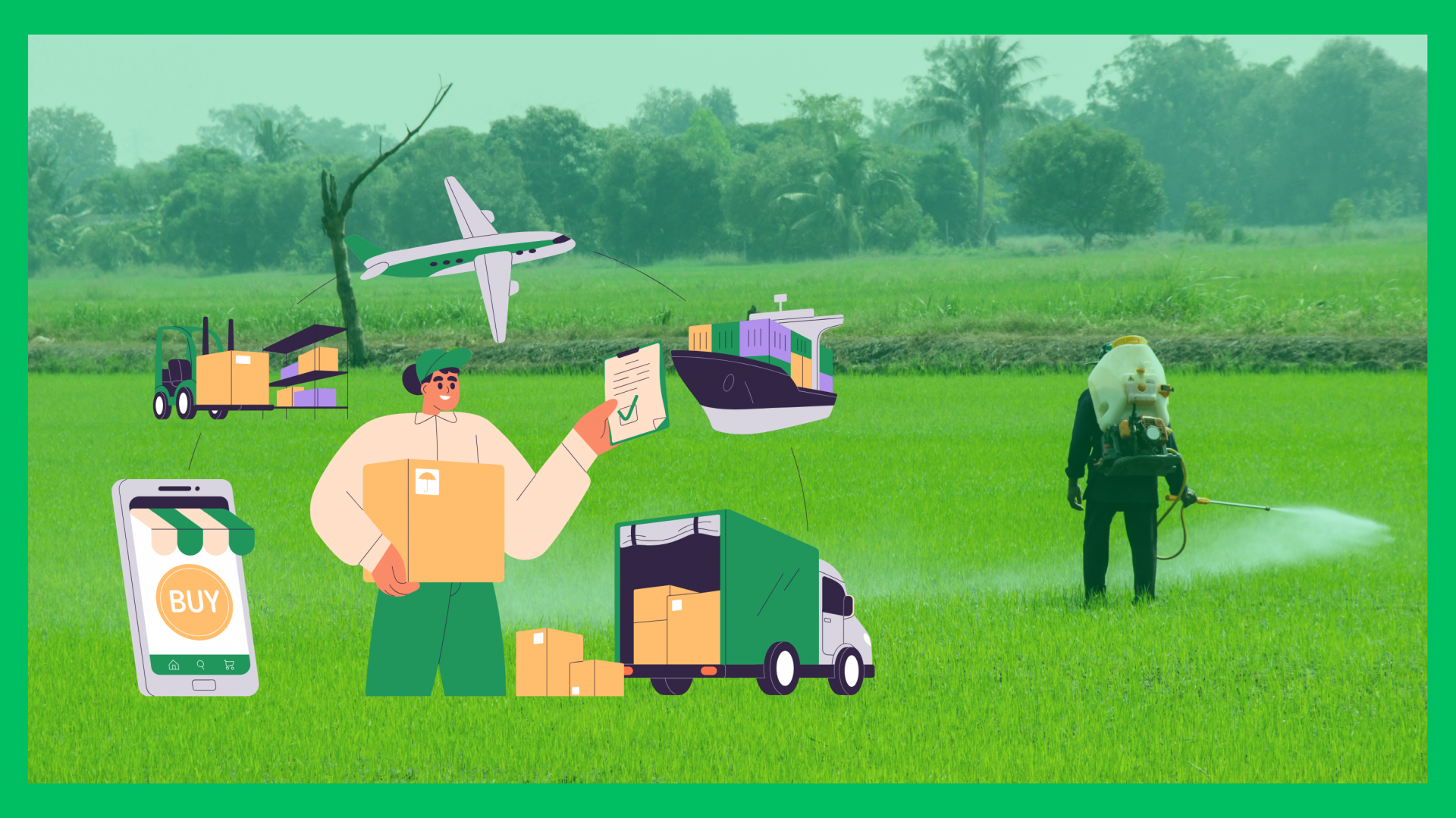








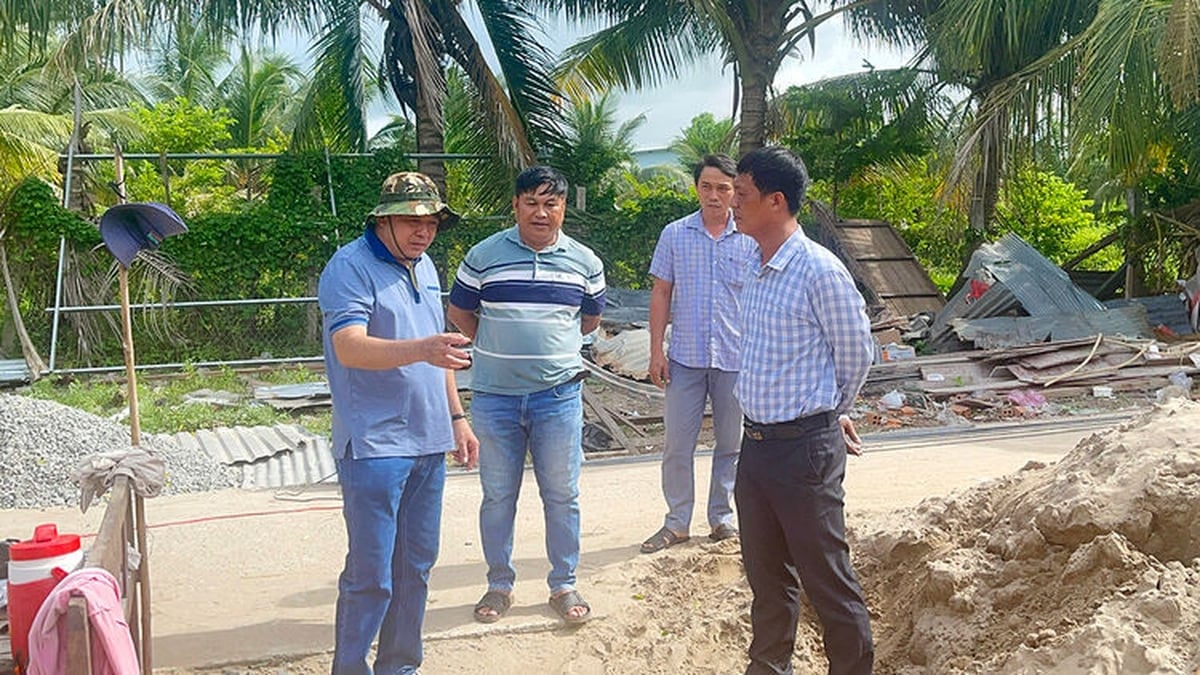





































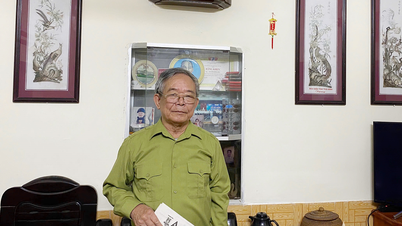

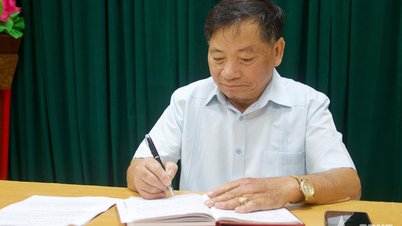
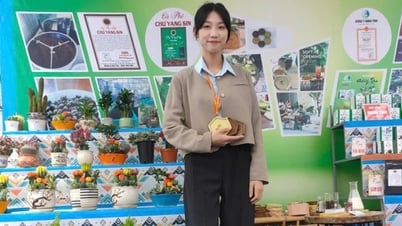






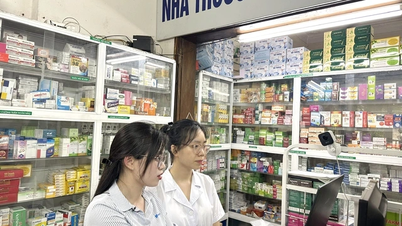
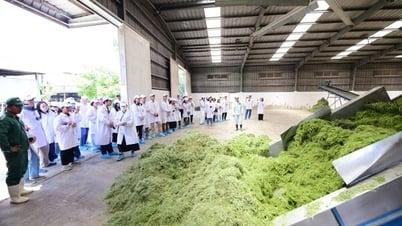




























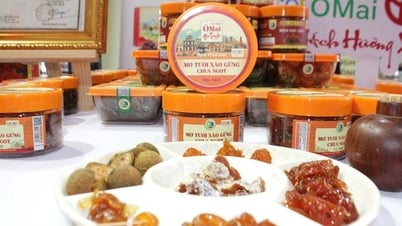

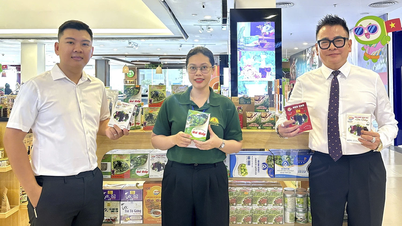

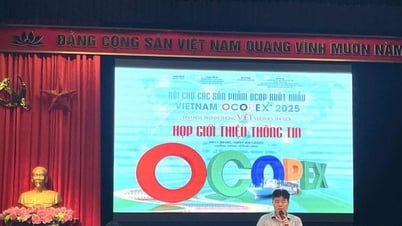


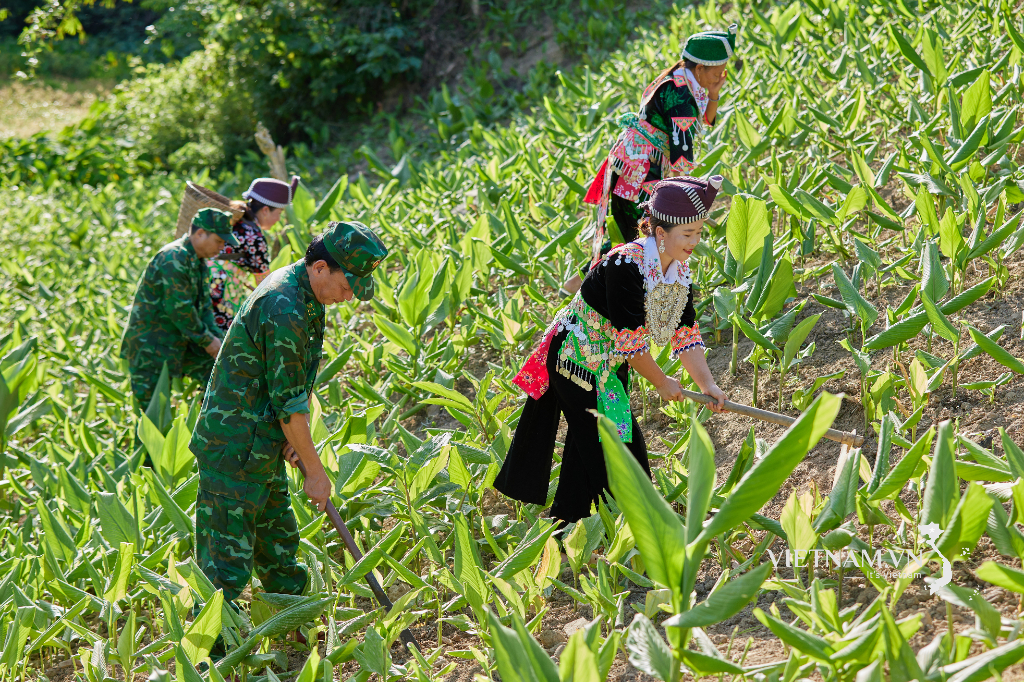



Comment (0)